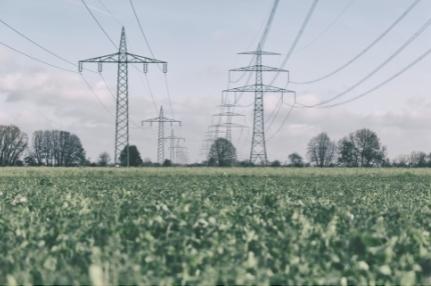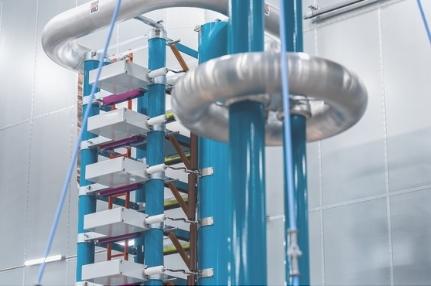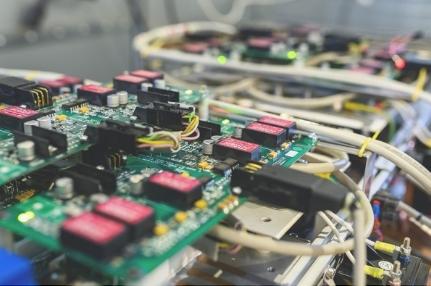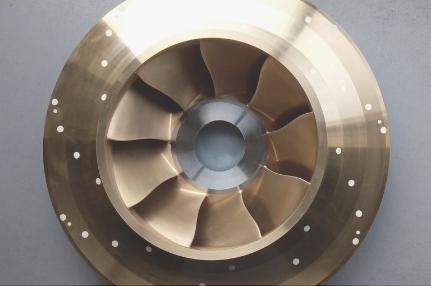Research & Collaboration
What makes us unique?
SuperGrid Institute owes its success to the people who make up our various research departments. Our teams come from diverse backgrounds in industry and academia, and their wealth of experience and skills make the Institute unique. Each individual brings specific expertise to the table.
This melting pot of knowledge offers opportunities for specialists from different fields to collaborate on new and innovative solutions to technical problems.
The Institute also benefits from close collaborative relationships with industry and academic institutions. The complementary strengths of our partners provide insights and innovative approaches to technical challenges. At the same time, we retain total independence in our research. Public-private investments and collaborative projects finance our work.
SuperGrid Institute’s state-of-the-art research facilities, test platforms and laboratories at the Villeurbanne and Grenoble sites are key to the success of our five research departments.

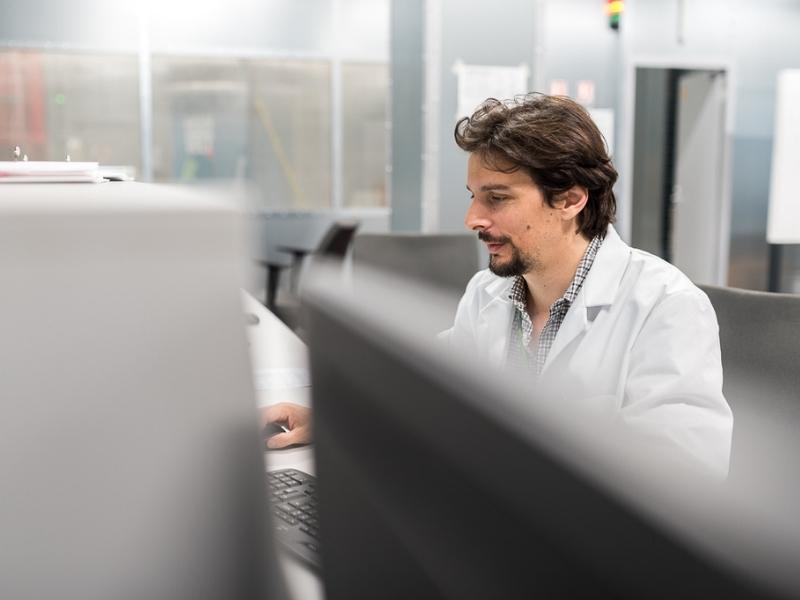
Latest scientific publications
Electric field computation for HVDC GIS/GIL spacer under superimposed impulse conditions
This paper evidences the influence of different parameters on the electric field on DC spacers in GIS/GIL and thus their dielectric withstand under S/IMP tests. A notable difference in term of electric field can be observed in function of impulse polarity, load condition (with/without heating current) and insulating material’s properties. For example, an overstress of 0.3pu was obtained on spacer’s surface in case of superimposed impulse test with opposite impulse polarity, high load condition and high leakage current in gas. Contrary to AC system where the simple LI tests were enough, S/IMP tests with both impulse polarity, ZL and HL conditions are mandatory to verify the insulating performance of HVDC GIS/GIL spacer. This paper gives a better understanding of the electric field distribution in HVDC GIS/GIL and helps for the design and tests
3-phase medium frequency transformer for a 100kW 1.2kV 20kHz Dual Active Bridge converter
The article presents a three-phase Medium Frequency Transformer being a part of a 100kW 1.2kV 20kHz Dual Active Bridge DC-DC converter. The transformer design is detailed focusing on winding and core power loss calculation. The high power three-phase MFT prototype is presented. The experimental results include the transformer impedance characteristics, no load test and three-phase DAB full load test waveforms.
Cost-performance framework for the assessment of Modular Multilevel Converter in HVDC transmission applications
This article proposes a methodology of Cost-Performance Assessment (CPA) enabling the efficient cost evaluation required for the Cost-Benefit Analysis (CBA). The proposed method is applied for the Modular Multilevel Converter (MMC) in offshore wind high voltage direct current (HVDC) transmission. Thanks to the developed model, an analysis of submodule voltage rating is performed demonstrating the interest of this methodology in the evaluation of new technologies for HVDC transmission. The analysis shows that increasing the submodule (SM) voltage could lead to savings in the MMC cost and weight.


